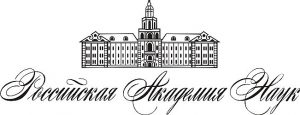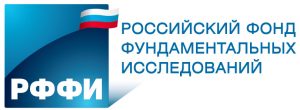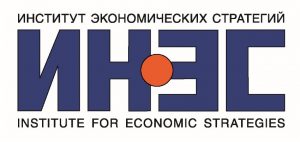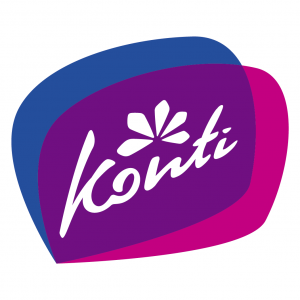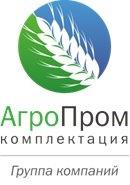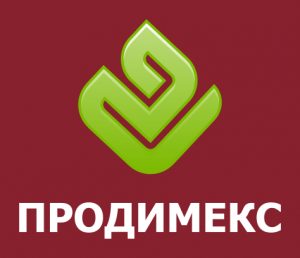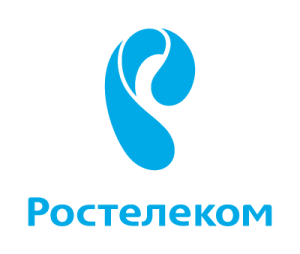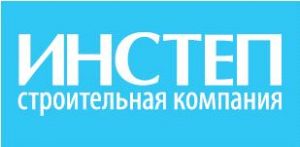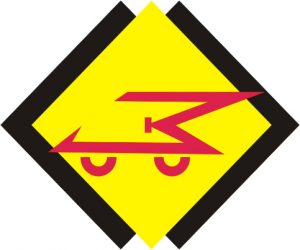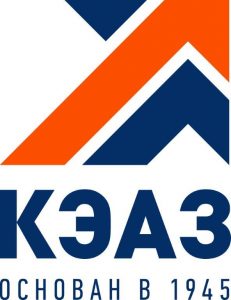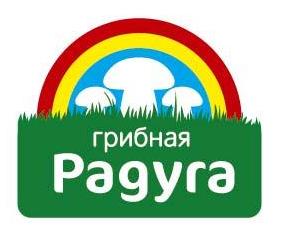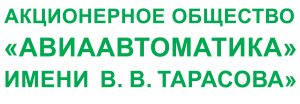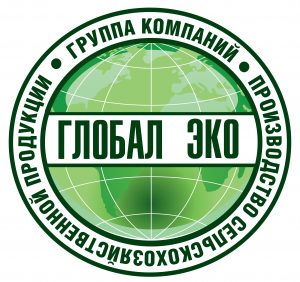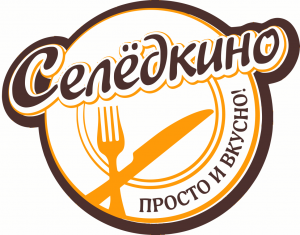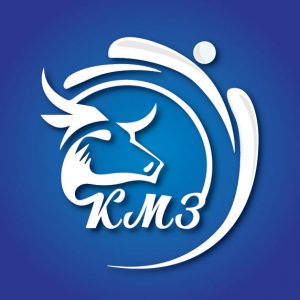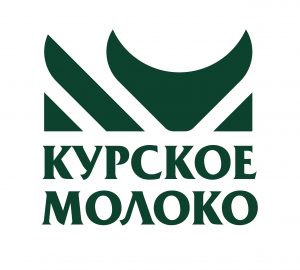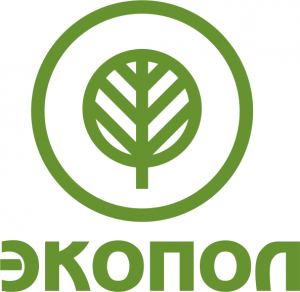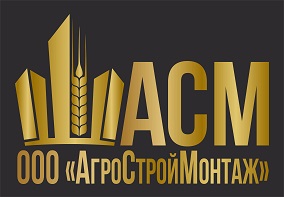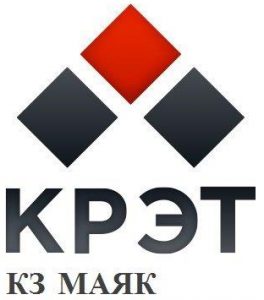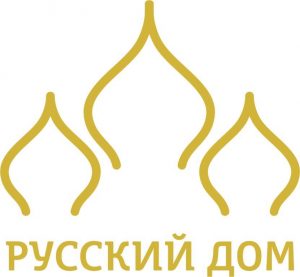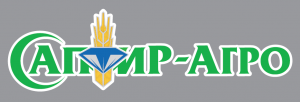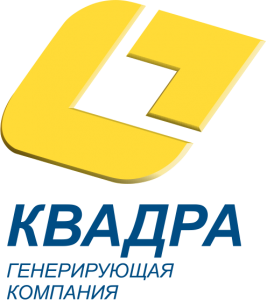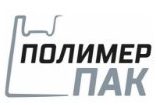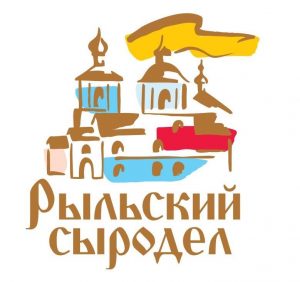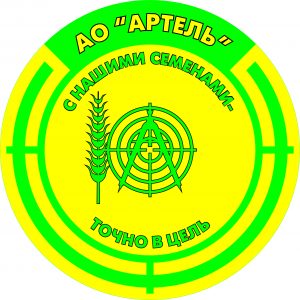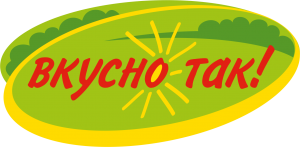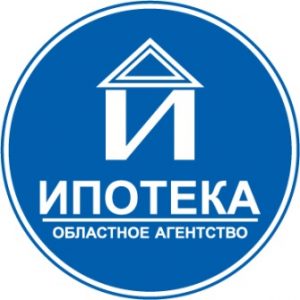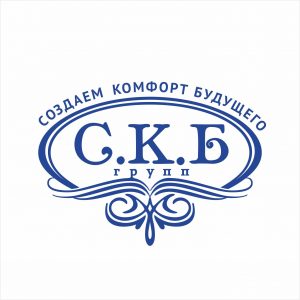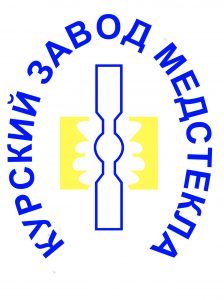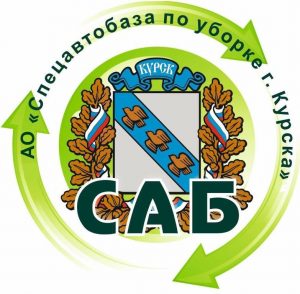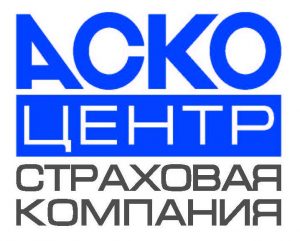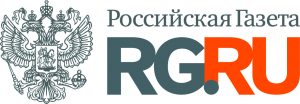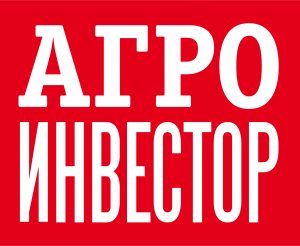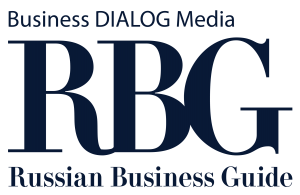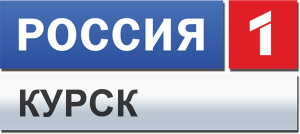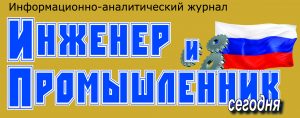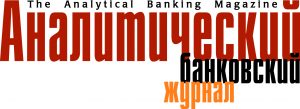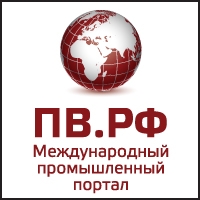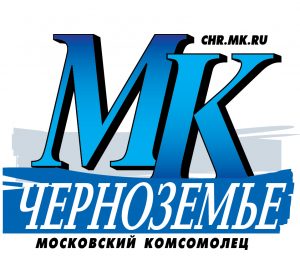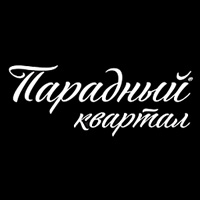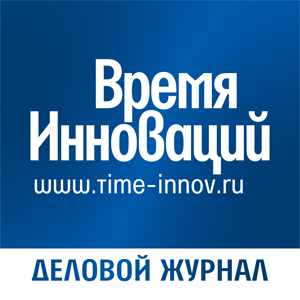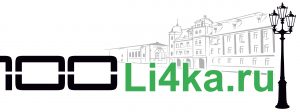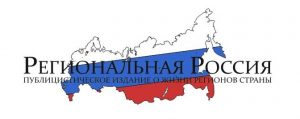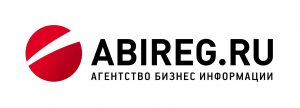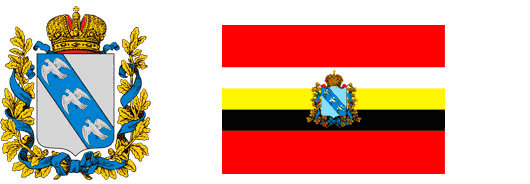
Administrative center: Area: Population:
|
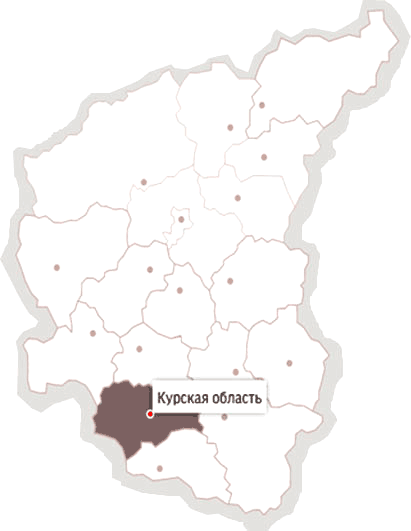 |
Kursk Oblast is a developed and at the same time fairly ecologically clean industrial and agrarian region of the Central Federal District located in the belt of the temperate continental climate within the forest-steppe zone in favorable climatic conditions for efficient agricultural production.
The territory of the region covers an area of 30 thousand square kilometers (0.2% of the territory of Russia). The population of the region as of 01.01.2016 is one million 119.6 thousand people. Of these, 753,800 are urban dwellers, 365,800 live in the countryside.
96% of the population is Russian, only representatives of 44 nationalities live on the territory of the region, almost all religious confessions are represented. Currently, there are 355 municipalities in the Kursk region, including 28 municipal districts, 27 municipalities with the status of an urban settlement, 295 municipalities with the status of a rural settlement, 5 cities – Kursk, Zheleznogorsk, Kurchatov, Lgov, Shchigry. As of March 1, 1994, Kursk has three administrative districts: Zheleznodorozhny, Seim and Central.
The region has a developed transport infrastructure. The motorways and the railway network connect it with Moscow, St. Petersburg and other cities of Russia, industrial centers of Ukraine and Transcaucasia.
Air communication is carried out through the terminals of the Kursk airport, which has an international status.
6 main gas pipelines and 2 oil pipelines pass through the territory of the Kursk region. At the beginning of 2016, the level of gasification of the region as a whole was 93.7%, including 89.8% in rural areas.
The region possesses unique in terms of volumes and diversity of natural resources, capable of providing the region’s demand, and for some types of raw materials and other regions.
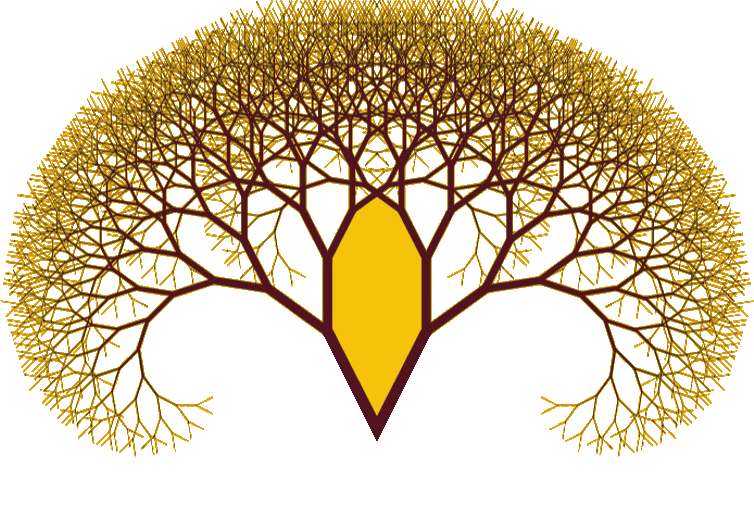

 Government of Kursk region
Government of Kursk region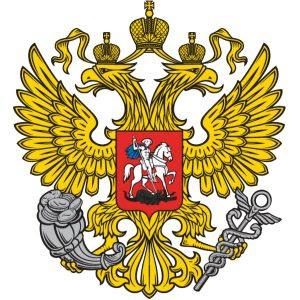 Ministry of Economic Development of the Russian Federation
Ministry of Economic Development of the Russian Federation Kursk Chamber of Commerce and Industry
Kursk Chamber of Commerce and Industry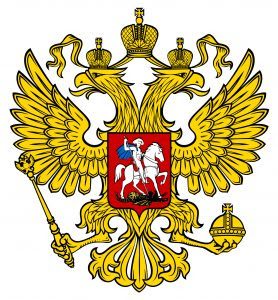 Office of the Plenipotentiary Representative of the President in the CFD
Office of the Plenipotentiary Representative of the President in the CFD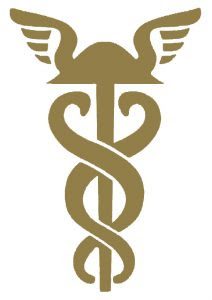 The Chamber of Commerce and Industry of the Russian Federation
The Chamber of Commerce and Industry of the Russian Federation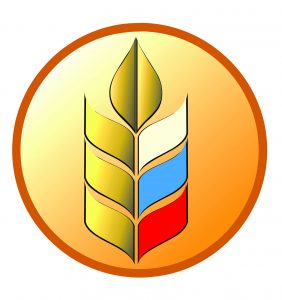 Ministry of agriculture of the Russian Federation
Ministry of agriculture of the Russian Federation
